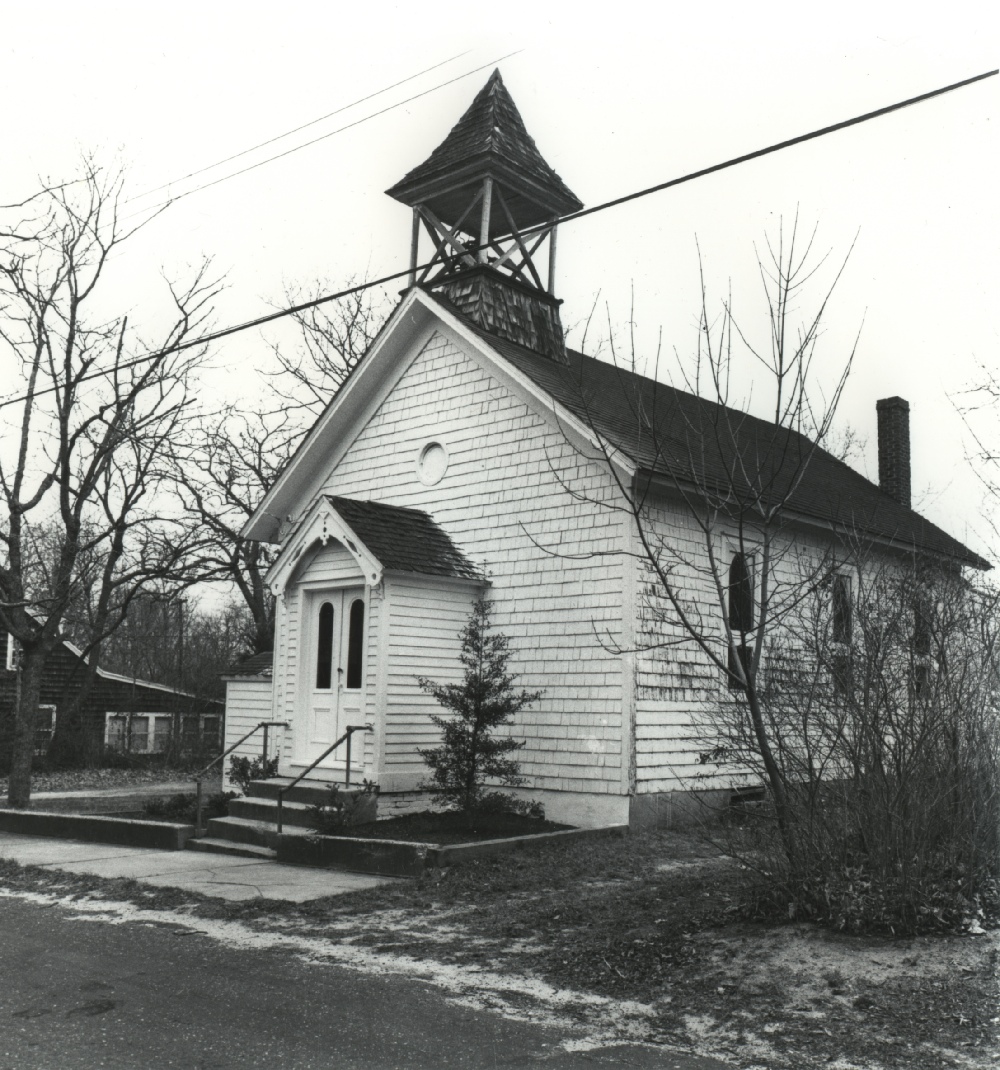Eastville Community

The St. David AME Zion Church was founded in 1840 by African Americans and Native Americans.
The St. David AME Zion Church was founded in 1840 by African Americans and Native Americans.
Close
Eastville, like many early free African American communities on Long Island, was multiethnic. African Americans arrived in Sag Harbor, New York seeking employment in the profitable whaling business sometime prior to 1840. They joined Native Americans, Montauk, and Shinnecock people, who were skilled whalers and lived in the area. A few families of European descent also moved to the community settling along Hempstead Street and Liberty Streets, the earliest roads in the small settlement. Many attended services at the Methodist Church in downtown Sag Harbor, where African Americans and Native Americans were segregated to the balconies and areas to the rear of the Church.
Around 1840, Lewis Cuffee, Charles Plato, and William Prime organized the St. David AME Zion Church, which served as a unifying force for the Eastville community. They, along with David Hempstead, all outstanding members of Sag Harbor's black and Indian communities, were instrumental in constructing the Church building on Eastville Avenue. David Hempstead, respected for his kindness, generosity, and faith, became a leader in the Church and was buried in Eastville's cemetery.
After 1840, the whaling industry began to decline and men of Eastville sought income in other seafaring ways. Many took to clamming, while women continued as domestic workers in the homes of wealthy white people who lived in downtown Sag Harbor. As early as 1847 a shift to factory work occurred. A second wave of economically advantaged African Americans arrived beginning in the late 19th century and rented summer homes in Eastville. Many became full-time residents.
Today, some Eastville residents are descendants of these early families and many original houses are still standing, occupied by private residents. The Eastville Community Historical Society maintains the history of the neighborhood and operates out of a Sears Roebuck house formerly inhabited by the Johnson family located at 139 Hampton Street. It remains the primary repository for the community's history.
Expert Commentary:

The St. David AME Zion Church was founded in 1840 by African Americans and Native Americans.
The St. David AME Zion Church was founded in 1840 by African Americans and Native Americans.
Close
The St. David AME Zion Church served as the center of the Eastville community in the nineteenth century. Today it serves the descendants of Native Americans and African Americans who founded it and the community on Long Island.

The St. David AME Zion Church served as the center of the Eastville community in the 19th century. Today it serves the descendants of Native Americans and African Americans who founded it and the community on Long Island.
Close